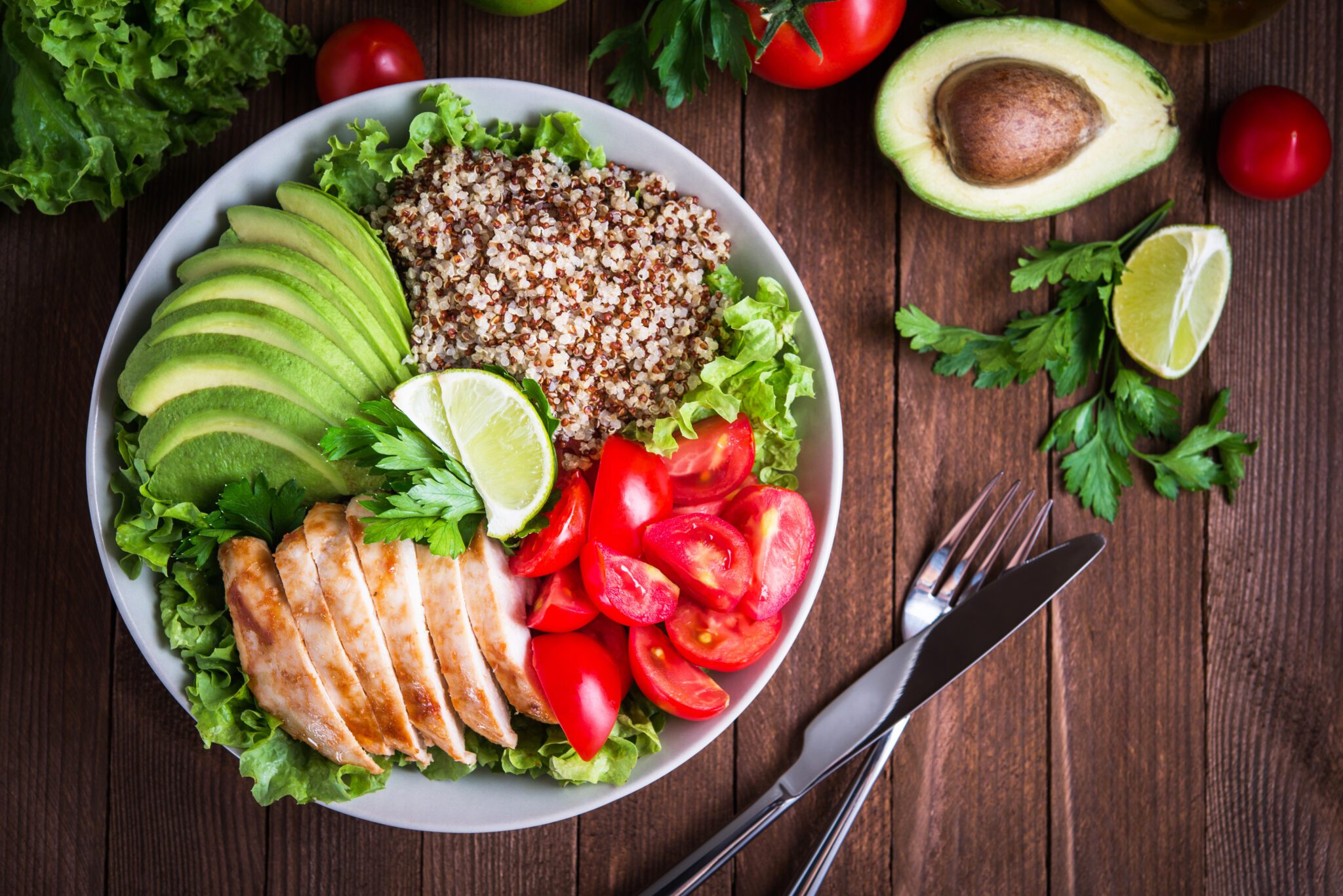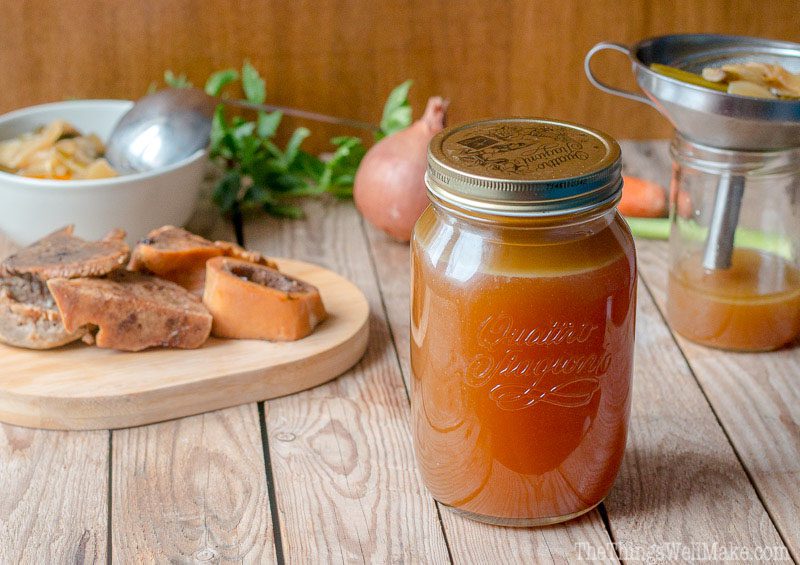Eat to Strengthen Your Bones, Ligaments, Cartilage, & Muscles
As we age, if we’re not taking measures to prevent it, our bones and connective tissue can start to degenerate and weaken, leaving us prone to injury. Sitting all day at work can expedite this process, since weight bearing is what makes our bones and joints stronger. Aside from taking more walking breaks or getting a standing desk, you can also eat to keep your structure strong.
>>>>> Join our Back & Neck Pain Support Community
Most people now know that they need calcium and vitamin D for strong bones, but two other vital nutrients are magnesium and potassium. Magnesium is needed to activate all the enzymes that metabolize vitamin D in the body, so in supplement form, they should always be taken together. Potassium helps neutralize acid in the body so that calcium is not leached out of the bones. Sweet potatoes are a great source for both of these nutrients.
Sign up to receive monthly Spine Health Tips
Other food sources for bone health include:
- Calcium: raw dairy, green vegetables, cooked kale, yogurt, kefir, cooked broccoli, bok choy, cheese, okra, almonds*
- Vitamin D: cod liver oil, sardines, salmon, mackerel, tuna, raw milk, eggs, mushrooms
- Vitamin K: leafy greens, broccoli, asparagus, cucumber, scallions, cabbage
- Magnesium: spinach, chard, pumpkin seeds, almonds*, black beans*, avocado, figs, dark chocolate (yay!), banana
- Potassium: avocado, squash, spinach, sweet potato, salmon, beans*, banana, beets, swiss chard
Note: Though beans and nuts are nutrient-rich and beneficial, they contain phytic acid, which blocks absorption of other minerals. To reduce this “anti-nutrient” effect, you can “sprout” these foods by soaking them overnight, or pressure-cook them.
>>>>> Osteoporosis Prevention: Get the Facts
To support your other connective tissues, you want to eat collagen-boosting foods. These nutrients have all been shown to support and repair ligaments, tendons, and discs.
- Manganese – nuts, legumes, seeds, whole grains, leafy green veggies
- Omega-3 – as listed above, salmon, mackerel, etc
- Vitamin A – liver, carrots, sweet potato, kale, spinach, apricots, broccoli, winter squash
- Vitamin C – guava, black currant, red pepper, kiwi, green peppers, orange, lemon, strawberries, papaya, brussel sprouts, kale, pineapple, grapefruit
- Sulfur – cruciferous vegetables (broccoli, cauliflower, kale, cabbage, turnips, brussel sprouts, bok choy), allium veggies (garlic, onion, leeks, chives), eggs, fish, poultry
While most of these foods are plant-based, bone broth has been getting very popular for its wide range of health benefits. Good quality bone broth can be made by acquiring grass-fed beef bones, submerging them in water with a splash of apple cider vinegar, and letting it simmer for 20-24 hours. (It’s safest to use a crockpot, as you don’t want to leave the stove unattended for so long. There are many recipes online for more specifics on this process.)
>>>>> Spine Anatomy: What You Should Know
You can also purchase bone broth from companies like “Kettle & Fire” and “Epic Artisinals.” Whether you make your own or purchase it in stores, bone broth contains ample amounts of collagen as well as other vital amino acids and minerals that support the health of bones and joints.
Have you overcome a spine health issue? Share your Spinal Champion story with us!
Dr. Mackenzie is the creator of www.silveraligning.com – a holistic site that empowers people to take command of their health and be inspired by how the body heals and is designed to be healthy.




